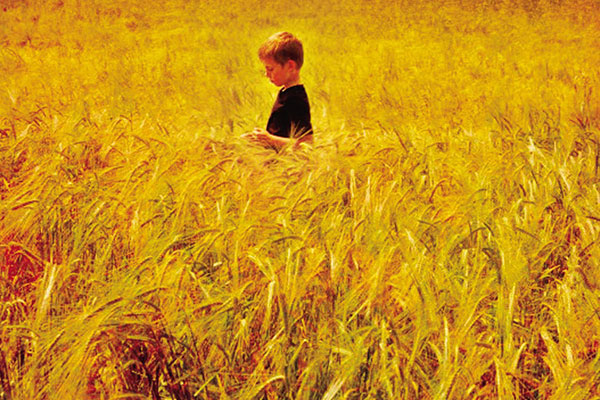A Land More Kind Than Home
By Wiley Cash
The story is told from the perspective of three very normal, nice characters who do not attend the church: Adelaine, an old lady who saw the snake kill the woman and starts her own Sunday school to get the children out of the church, a Sheriff who already knows all of the secrets from Chambliss’s past, and a nine-year-old boy so naïve he has no idea what his mother could be doing with a strange man in her bedroom which is making the bed creak. There are bucket-loads of banal descriptions of everyday life, interactions between spouses and siblings, and insipid religious philosophising.
The main problem I had with this book is that despite its grotesquely interesting subject it is very, very boring. When I chose the book I did not want to read about a woman who was raised by an aunt with a photographic memory, or a boy getting to know his estranged grandfather, or the sheriff’s son dying in an accident at work. I read this book for one reason — to see inside a freaky snake church. The newspapers on the church windows seem to keep out not only the prying eyes of those outside the congregation, but those of the author (and reader) too. After the promising scene at the beginning when the old woman is killed, we do not see inside the church or hear from anybody who attends it. There are many delicate and terrifying psychological issues needing investigation which the author seems too squeamish to deal with. I wanted to know how good people could be made to kill a healthy boy, how a manslaughter witnessed by dozens of people could be kept quiet for fifteen years, why people turn a blind eye to unsavoury things if there is religion involved, and how the psychopathic pastor had such a strong hold over his congregation. I wanted to know what the people felt when they handle the snakes, the fear and the excitement and bliss of cheating death. I wanted to know whether their faith was strengthened by drinking poison. I wanted an insight into delusion and ecstasy, a freak-show of double-thinking, terror, brainwashing, absolution, and evangelical bigotry. But there is no quality dialogue from anybody involved in the church or the killing – not the pastor, not the boy’s mother, and not the men who killed him. It is not even made clear how the boy died.
I don’t know if the publisher even bothered reading this book, because the blurb is inaccurate. The only highlights I can think of are a woman dreaming about eating fried chicken while Jesus follows her, and a man burning his own barn down because someone said the devil ran into it. Maybe I’m a horrible person. I was expecting Vernon God Little set in a faith-healing church. Instead, I got Adelaine saying this to the Sheriff: “The story he wanted was the story of Christopher inside that church, and that was a story I just couldn’t give him.” Thirty pages of bog-standard childhood memories follow.
I hope that at some point in my life I will read an excellent book about a snake church. This was definitely not it.



